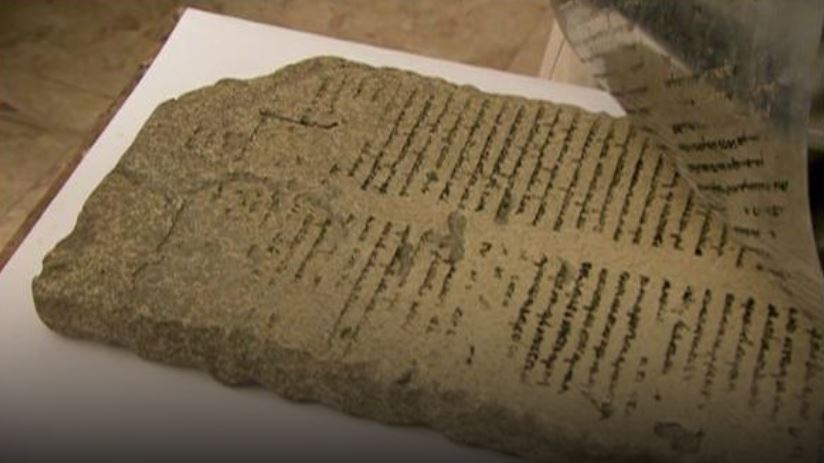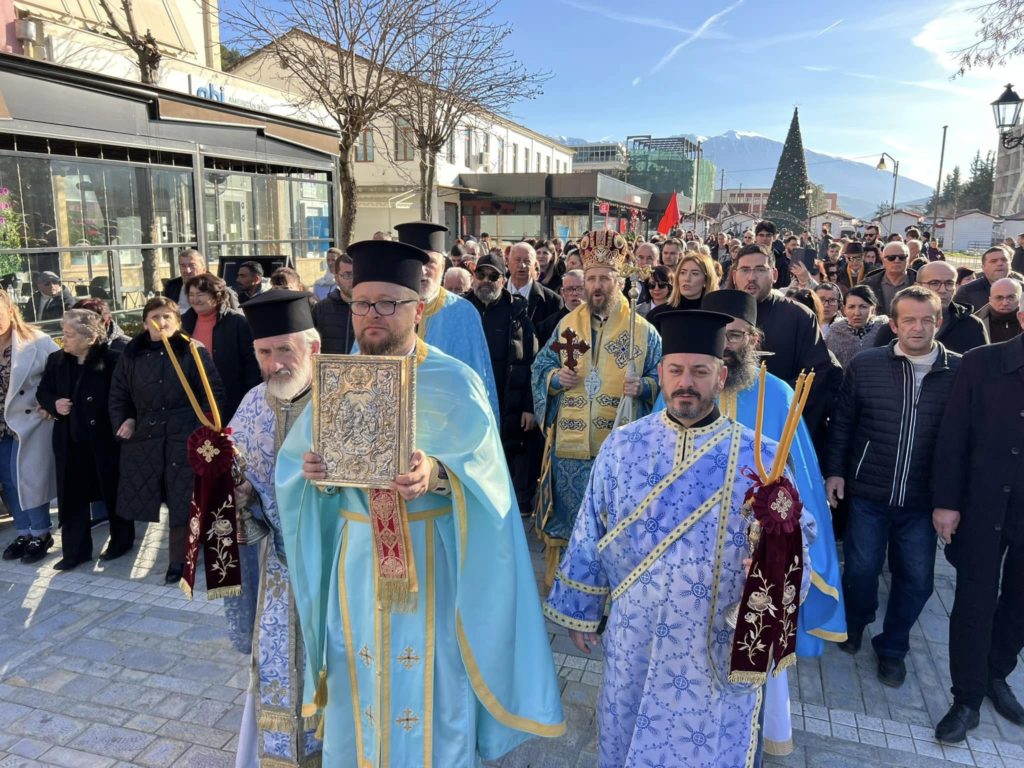Bible breakthrough: How ‘man who inspired Jesus’ was exposed in ancient stone

A BIBLICAL investigator believed he may have uncovered “the man who inspired Jesus” thanks to the discovery of a 2,000-year-old tablet referring to a “three-day resurrection” dating before the death of Jesus Christ.
The central figure to Christianity is believed to be the incarnation of God and the awaited Messiah prophesied in the Old Testament of the Bible. According to the Church, Jesus was born in 4AD and was crucified under the order of Pontius Pilate, the Roman prefect, sometime between 30AD and 33AD, before rising again through resurrection three days later, but a discovery made in 2000 may suggest there was inspiration behind this Bible story. The Gabriel Stone, found near the Dead Sea, was a tablet with 87 lines of Hebrew text and contained several prophecies written in first-person, including an apparent resurrection.
It dates back as far as the first century BC and biblical investigator Simcha Jacobovici travelled to its origin to find out more during Amazon Prime’s “Decoding the Ancients” series.
He said in 2004: “By tracing the stone to Perea, the investigation seems to have linked the dying and resurrecting Messiah with Simon of Perea – the man who may have inspired Jesus.
“Only a few kilometres from where archaeologist Konstantinos Politis has found similar stones is the exact area where Simon began his revolution.
“So when we talk about Simon of Perea, he might have lived in this village and he might have lived in one of these houses.
“You read in Josephus that Simon of Perea led a revolt, that it was crushed – that’s one thing.
“But, when you actually see the mills, houses, you connect with the everyday life of human existence.”
Simon of Perea was a former slave of Herod the Great who rebelled and was killed by the Romans between 4BC and 14AD.
Dr Politis explained why his story may have been documented on the Gabriel stone.
He said: “We’re in an area called Perea, which means in Greek ‘beyond,’ so beyond the Jordan River.
— Source: express.co.uk
H αναδημοσίευση του παραπάνω άρθρου ή μέρους του επιτρέπεται μόνο αν αναφέρεται ως πηγή το ORTHODOXIANEWSAGENCY.GR με ενεργό σύνδεσμο στην εν λόγω καταχώρηση.
Ακολούθησε το ORTHODOXIANEWSAGENCY.gr στο Google News και μάθε πρώτος όλες τις ειδήσεις.


















